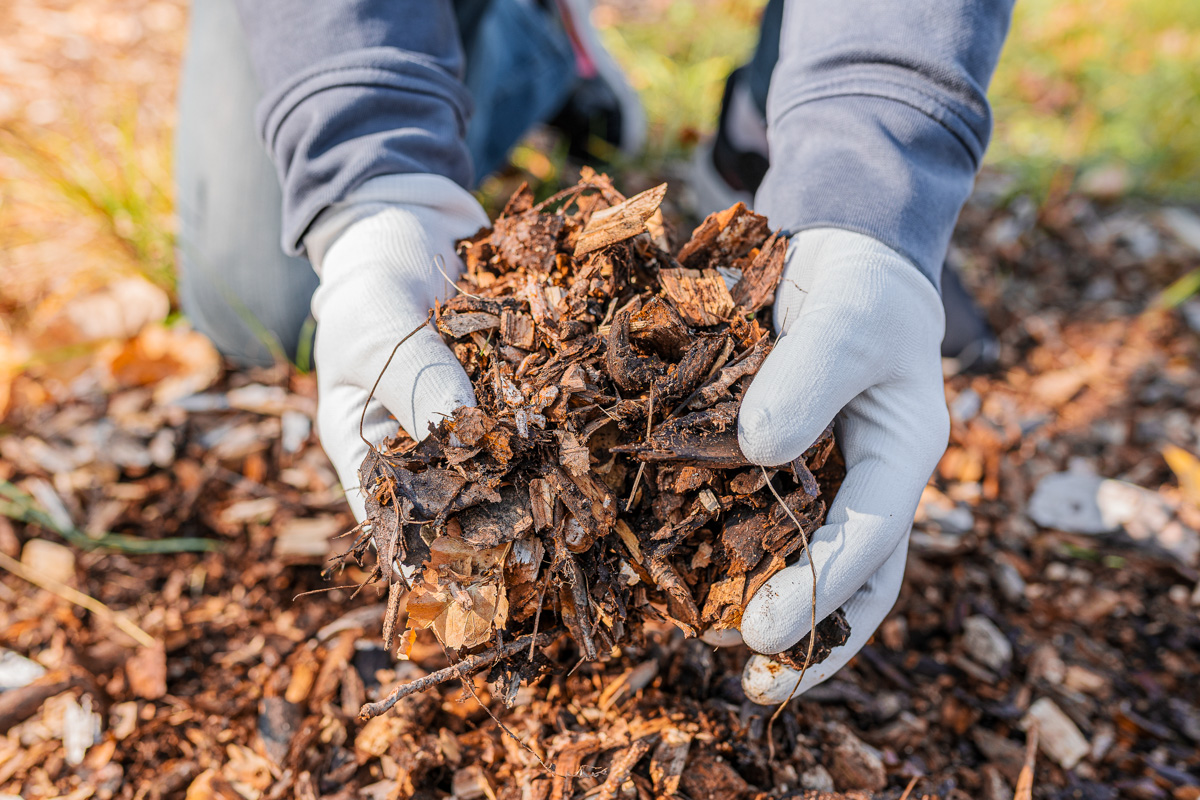How to Make Your Own Potting Mix
Those big bags of potting mix can get expensive, especially for gardeners who plant a lot of containers. Find out how to make your own or stretch a purchased bag of potting mix.
Weed seeds can invade a yard in many ways, including blowing in on breezes, being carried in on the wings of birds and bees, and riding along in the pots of new plants.
Another possible weed-seed carrier is compost – especially if you haven’t taken a few key steps to eliminate weed seeds in the pile. Compost can contain weed seeds in several ways. The most typical practice is for gardeners to remove already-sown weeds and add them to a pile. Avoid that issue by either bagging and discarding weeds that have produced viable seed or composting only the weeds that have been pulled before they produce mature seed.
Weed seeds also can blow into compost piles or be carried in by wildlife in the same way they end up directly in garden beds and lawns.
Even weeds that find their way into a compost pile may be killed if the compost is allowed to "cook" for a long enough period at a high enough temperature.
Temperatures that reach 130 degrees are enough to kill most weed seeds, but some of the tougher ones (i.e. bindweed, dock, groundsel, speedwell, and lambs quarters) can survive unless temperatures hit 145 degrees for at least a month.
A compost thermometer can tell you if your pile is getting hot enough. Otherwise, stick your hand into the pile, and if it feels uncomfortably hot, it’s likely hot enough to affect weed seeds.
You’ll need a big-enough pile for fast decomposition to take place. A good minimum is a pile that’s 3 feet tall, wide, and deep.
Green organic sources are generally higher in nitrogen, while brown organic sources are higher in carbon. You’ll need a blend for ideal decomposition. All of one material will either turn “mucky” and smell like ammonia (excess nitrogen) or just sit there and break down very slowly (excess carbon).
Shredded leaves and shredded paper, for example, will decompose much faster than whole ones.
If rain isn’t doing the trick, sprinkle the pile periodically with a hose until it’s damp but not soggy.
This aids in mixing the carbon and nitrogen sources and ensures oxygen is getting into the pile to fuel maximum decomposition. Every few weeks is enough or whenever the pile is cooling.

Larisa Stefanuyk / iStock / via Getty Images
Once the pile no longer heats even after turning, the compost is likely ready. By then, it should also be black and crumbly and have an “earthy” smell. The compost can then be used to improve garden soil, top-dress the lawn, or add organic matter and nutrition to potting mix.
If weeds manage to evade all of the precautions, pull or kill them as soon as they emerge – and definitely before any have a chance to mature new seed.
Or prevent new weeds from germinating by applying Preen granular weed preventers over beds where compost has been added.